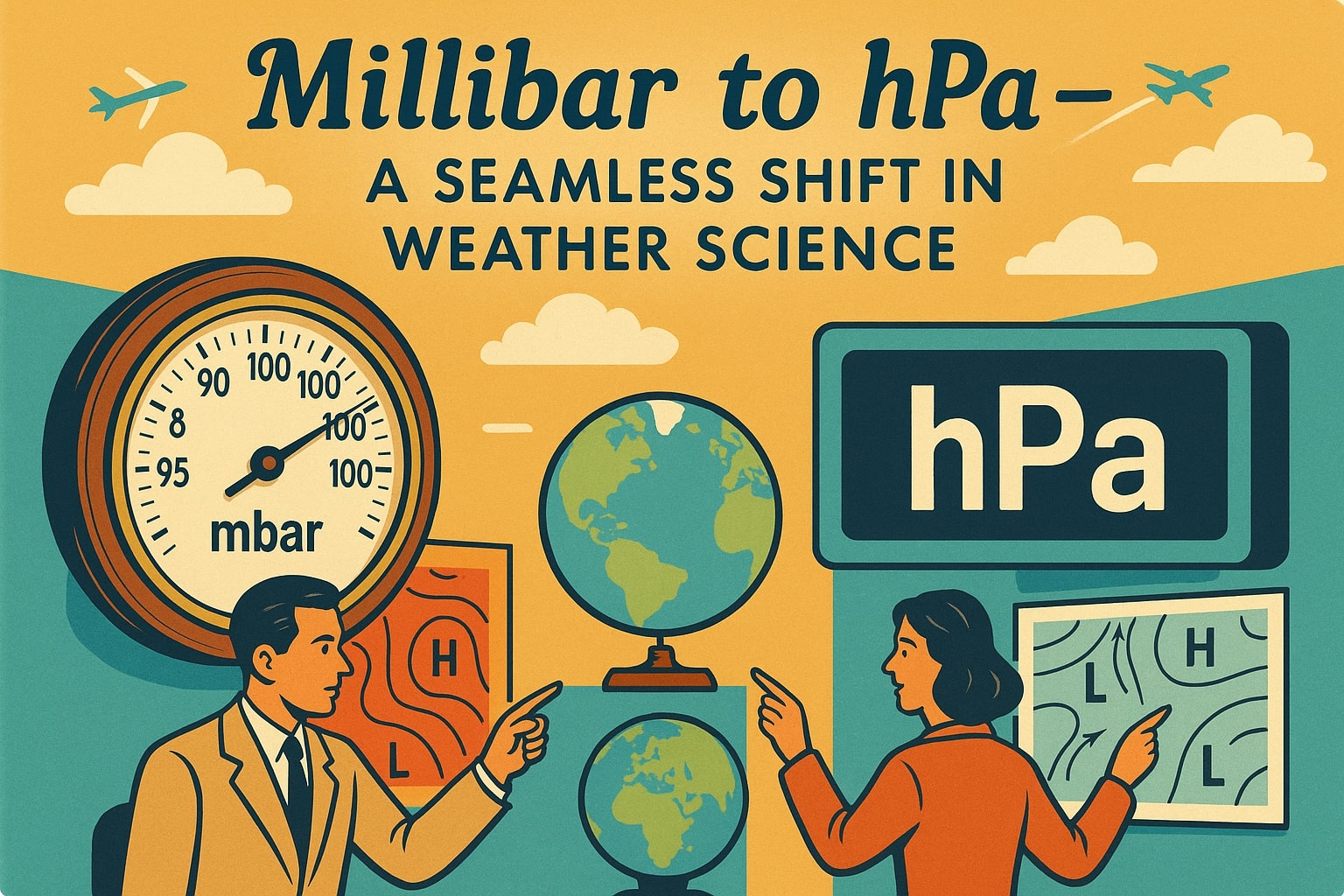Pascal to Hectopascal – How to convert Pa to hPa
Need to convert pascal to hectopascal? These two pressure units belong to the same metric family, but they’re used at very different scales. Pascals are common in science and engineering, while hectopascals are widely used in meteorology and aviation. Converting between them is quick and easy, and understanding where each unit fits helps make sense of weather reports, scientific studies, and industrial applications.

What is a pascal (Pa)?
A pascal is the SI (International System) unit of pressure, defined as one newton per square meter. It’s used extensively in physics, engineering, and materials science to measure forces acting over an area.
While it’s precise, the pascal is relatively small: standard atmospheric pressure at sea level is about 101,325 Pa, which is why larger multiples like kilopascals (kPa) or hectopascals (hPa) are often preferred for readability.
What is a hectopascal (hPa)?
A hectopascal equals 100 pascals. It’s the standard unit in meteorology for measuring atmospheric pressure and is commonly seen on weather maps and forecasts.
Interestingly, 1 hPa is identical in value to 1 millibar (mbar), the older unit still sometimes used in aviation and marine contexts. For example, a typical sea-level air pressure reading is around 1013 hPa, the baseline used in many weather models.
How to convert pascal to hectopascal
Because the hectopascal is simply 100 pascals, the math is straightforward:
1 hPa = 100 Pa
To convert:
Hectopascals (hPa) = Pascals (Pa) ÷ 100
Example: If a weather station measures 98,750 Pa of air pressure:
98,750 ÷ 100 = 987.5 hPa
For fast results without manual division, use our Pressure Converter or explore other Conversion tools to handle any pressure conversion instantly.
Did you know?
-
Meteorology standard: The World Meteorological Organization uses hectopascals as the default pressure unit because they’re easy to compare with historical millibar readings without complex conversions.
-
Aviation reliance: Pilots often rely on hectopascal readings when adjusting altimeters; many flight levels are calibrated using 1013 hPa as a standard reference.
-
Extreme weather tracking: The lowest recorded atmospheric pressure at Earth’s surface occurred during Typhoon Tip (1979), measured at 870 hPa — equivalent to 87,000 Pa.
-
Engineering contrast: Materials testing labs often measure pressure in pascals when working at small scales, such as testing the integrity of microchips or delicate membranes.
From Millibar to Hectopascal: How Weather Forecasting Modernized
In the mid-20th century, weather agencies worldwide began shifting from millibars to hectopascals to align with the SI metric system. According to historical records from the World Meteorological Organization, the change was mostly administrative since 1 hPa = 1 mbar, but it allowed forecasts and climate models to be more consistent with other scientific data.
Today, nearly every weather map, aviation report, and climate model uses hPa for atmospheric pressure, while Pa and its multiples remain common in technical and research contexts. This dual approach ensures precision while keeping weather data readable for both scientists and the public.

Final Thoughts on the Conversion
Converting pascal to hectopascal is simple — divide by 100. The pascal serves science and engineering, while the hectopascal dominates meteorology and aviation. Knowing the relationship between them helps translate everything from weather maps to technical specifications seamlessly.
For quick and reliable conversions, try our Pressure Converter or explore other Conversion tools for all your unit conversion needs.

